Two forces, each equal to F, act as shown in (figure) Their resultant is
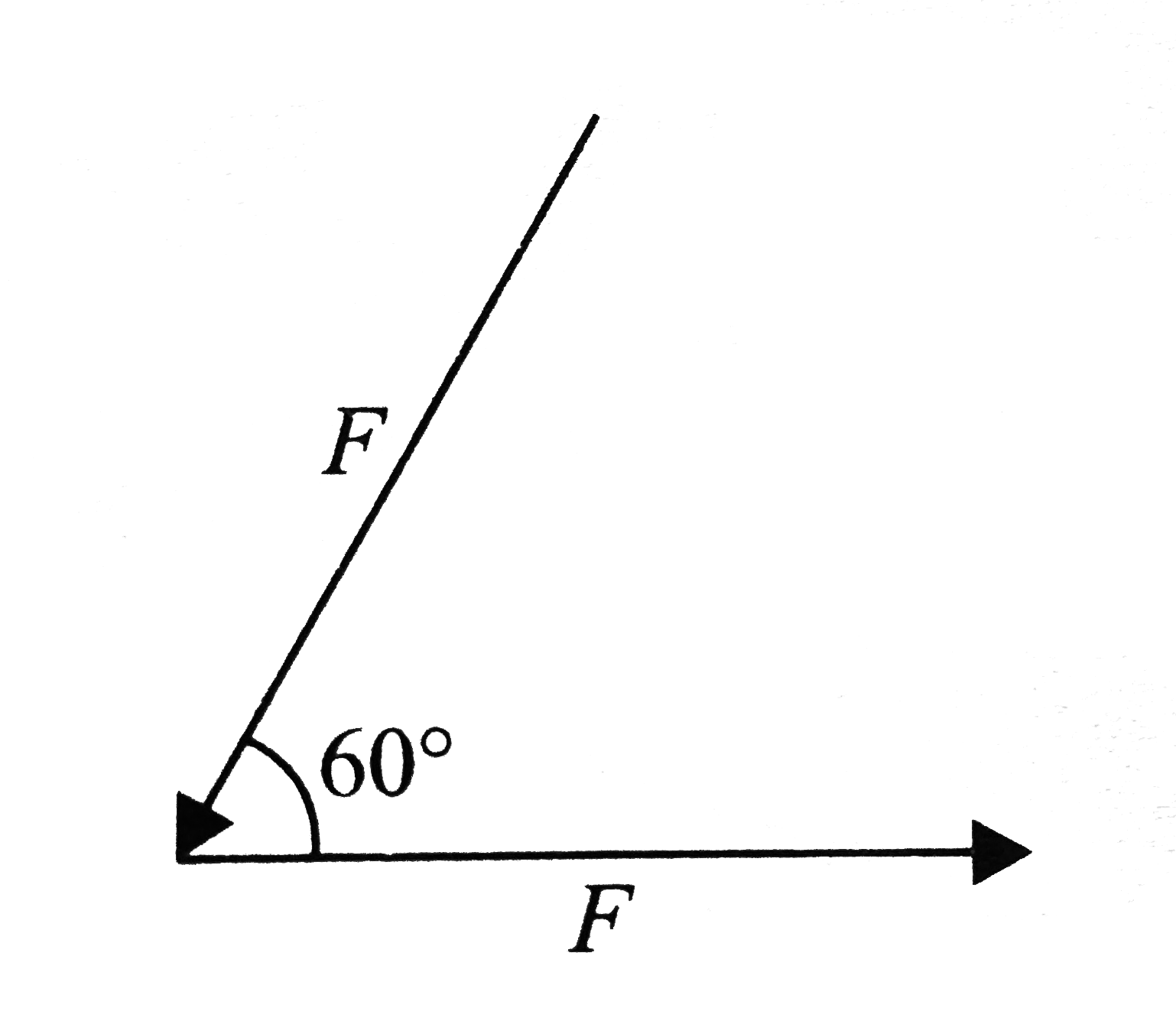
F/2
F
√3F
√5F
The correct Answer is:B
Note that the angle between two forces is 120∘ and not 160∘
R2=F2+F2+2F2cos120∘
=2F2+2F2(−12)F2
or R=F
Topper's Solved these Questions
- BOOK - CENGAGE PHYSICSCHAPTER - VECTORSEXERCISE - Exercise Multiple Correct5videos
VECTORS
- BOOK - CENGAGE PHYSICSCHAPTER - VECTORSEXERCISE - Exercise Subjective28videos
VECTORS
- BOOK - CENGAGE PHYSICSCHAPTER - TRAVELLING WAVESEXERCISE - Integer9videos
TRAVELLING WAVES
- BOOK - CENGAGE PHYSICSCHAPTER - WORK, POWER & ENERGYEXERCISE - Archives (integer)4videos
WORK, POWER & ENERGY
Similar Questions
Two forces each numerically equal to 5N are acting as shown in the figure, then find resultant of these two vectors.
View SolutionFour coplanar forces are applied at a point O. Each of them is equal to k and the angle between consecutive forces equals 45∘ as shown in the figure. Then the resultant has the magnitude equal to:
View Solution
Knowledge Check
- Question 1 - Select One
In the given figure O is the centre of regular pentagon ABCDE. Five forces each of magnitude F0 are acted as shown in figure. The resultant force is
 A5F0B5F0cos72∘C5F0sin72∘Dzero
A5F0B5F0cos72∘C5F0sin72∘Dzero - Question 2 - Select One
Two forces, each numerically equal to 5 N, are acting as shown in the figure. Then the resultant is
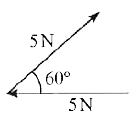 A2.5 NB5 NC5√3ND10 N
A2.5 NB5 NC5√3ND10 N - Question 3 - Select One
Two forces , each numerically equal to 10 dyne are acting as shown in the following figure Their resultant is :
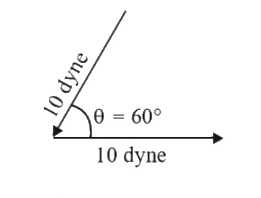 A10 dyneB20 dyneC10√3 dyneD5 dyne
A10 dyneB20 dyneC10√3 dyneD5 dyne
Two forces each equal to F/2 act at right angle. Their effect may be neutralized by a third force acting along their bisector in the opposite direction. What is the magnitude of that third forces.
View SolutionTwo horizontal forces of magnitudes of 10N and PN act on a particle. The force of magnitude 10N acts due west and the force of magnitude PN acts on a bearing of 30∘ east of north as shown in (figure) The resultant of these two force acts due north. Find the magnitude of the resultant.
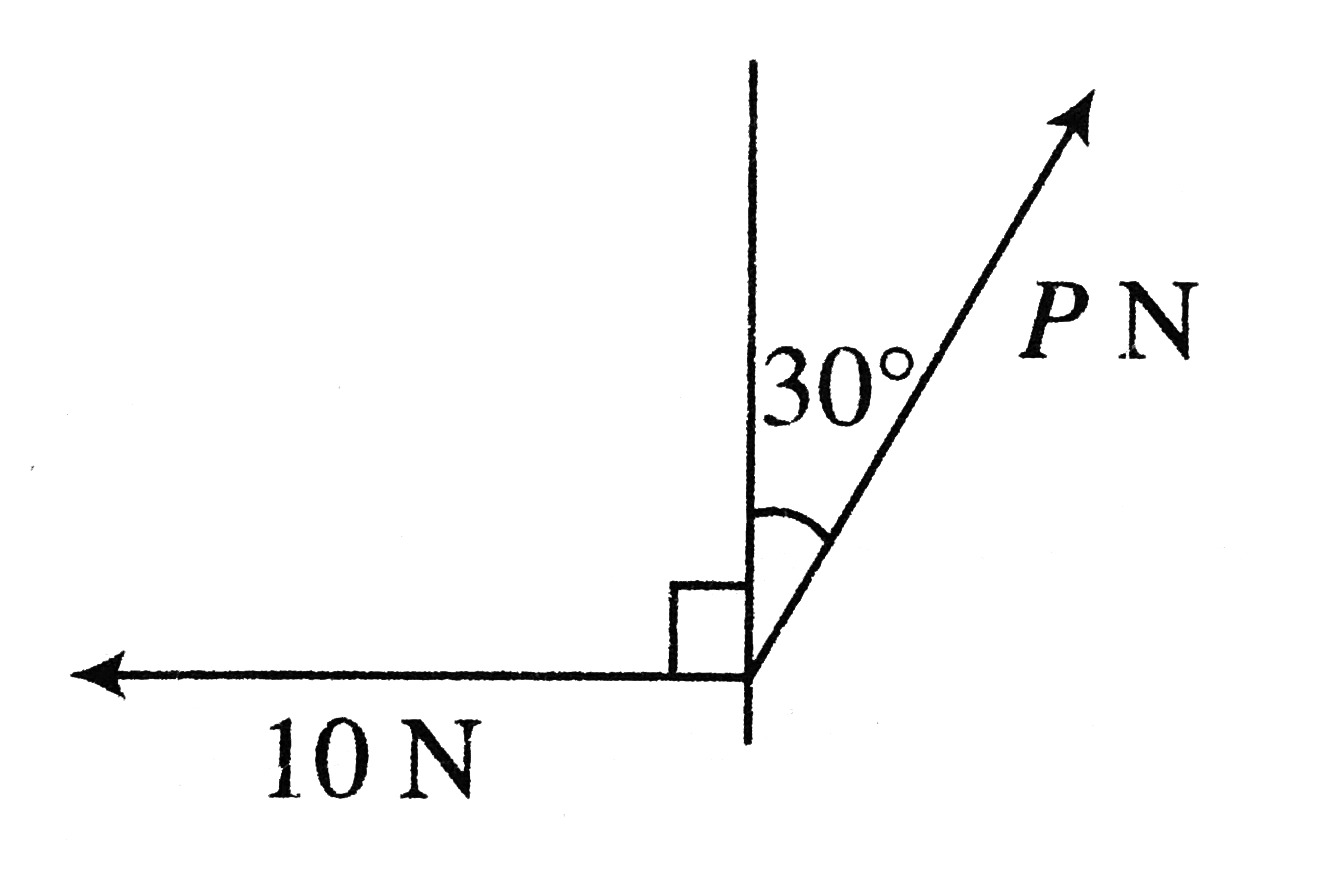 View Solution
View SolutionTwo force each numerically equal to 10 dynes are acting as shown in the figure, then find resultant of these two vectors.
View SolutionTwo magnets of equal magnetic moments M each are placed as shown in figure below . The resultant magnetic moment is M . Then value of θ is
 View Solution
View SolutionThree forces are acting on a particle as shown in the figure. To have the resultant force only along the Y-direction, the magnitude of the minimum additional force needed is
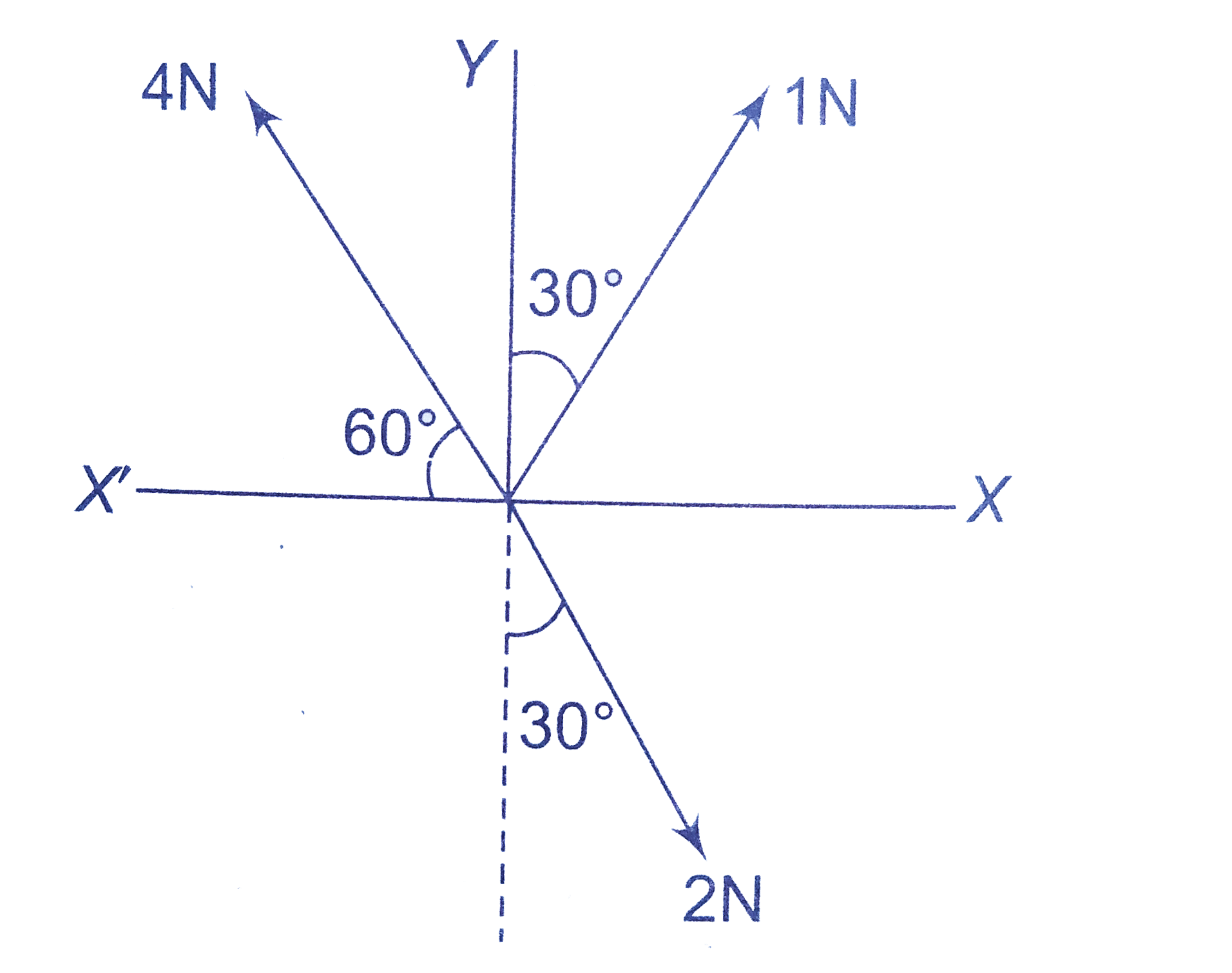 View Solution
View Solution

